While the Nvidia GeForce RTX 5090 sits comfortably at the pinnacle of the graphics card market, its hefty $1,999+ price tag is out of reach for most gamers. Thankfully, you don't need to break the bank to enjoy stunning 4K gaming. Both the Nvidia GeForce RTX 5070 Ti and the AMD Radeon RX 9070 XT offer a more budget-friendly option while still delivering an exceptional 4K gaming experience.
Currently, the market is experiencing elevated prices due to high demand and limited supply following their launch. However, for those seeking a high-end gaming experience, the RTX 5070 Ti and RX 9070 XT stand out as top choices.
AMD Radeon RX 9070 XT – Photos
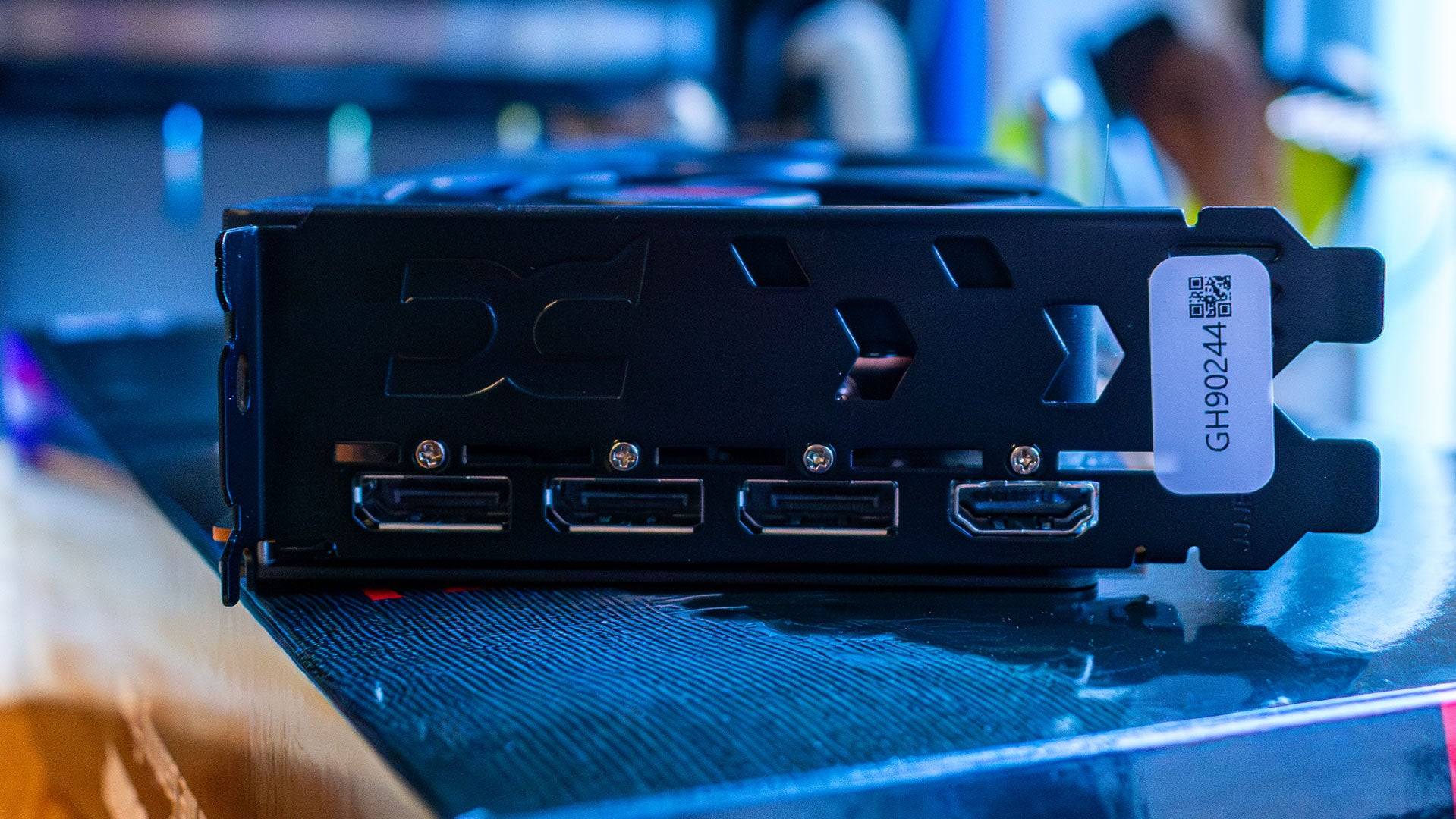
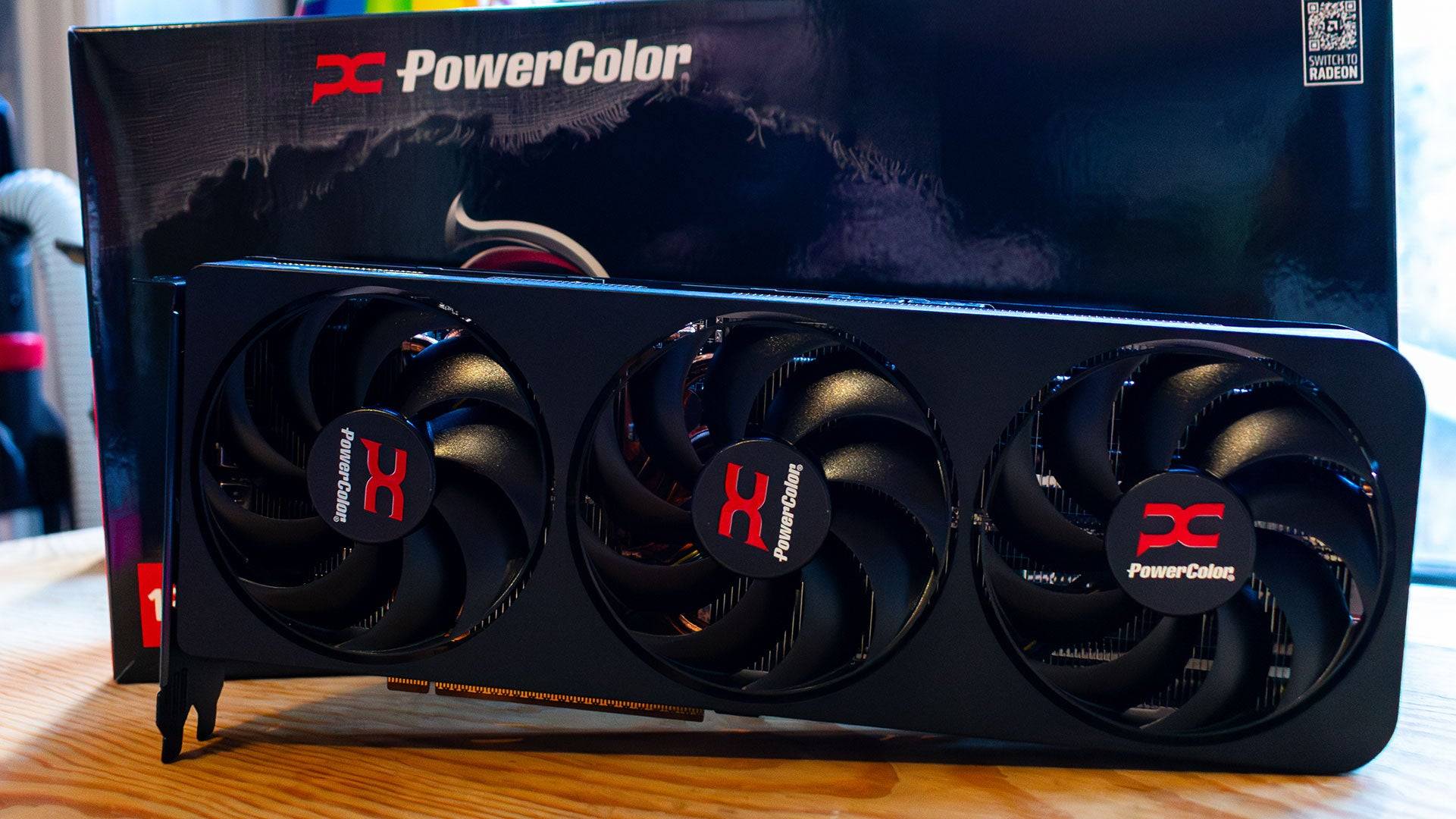 4 Images
4 Images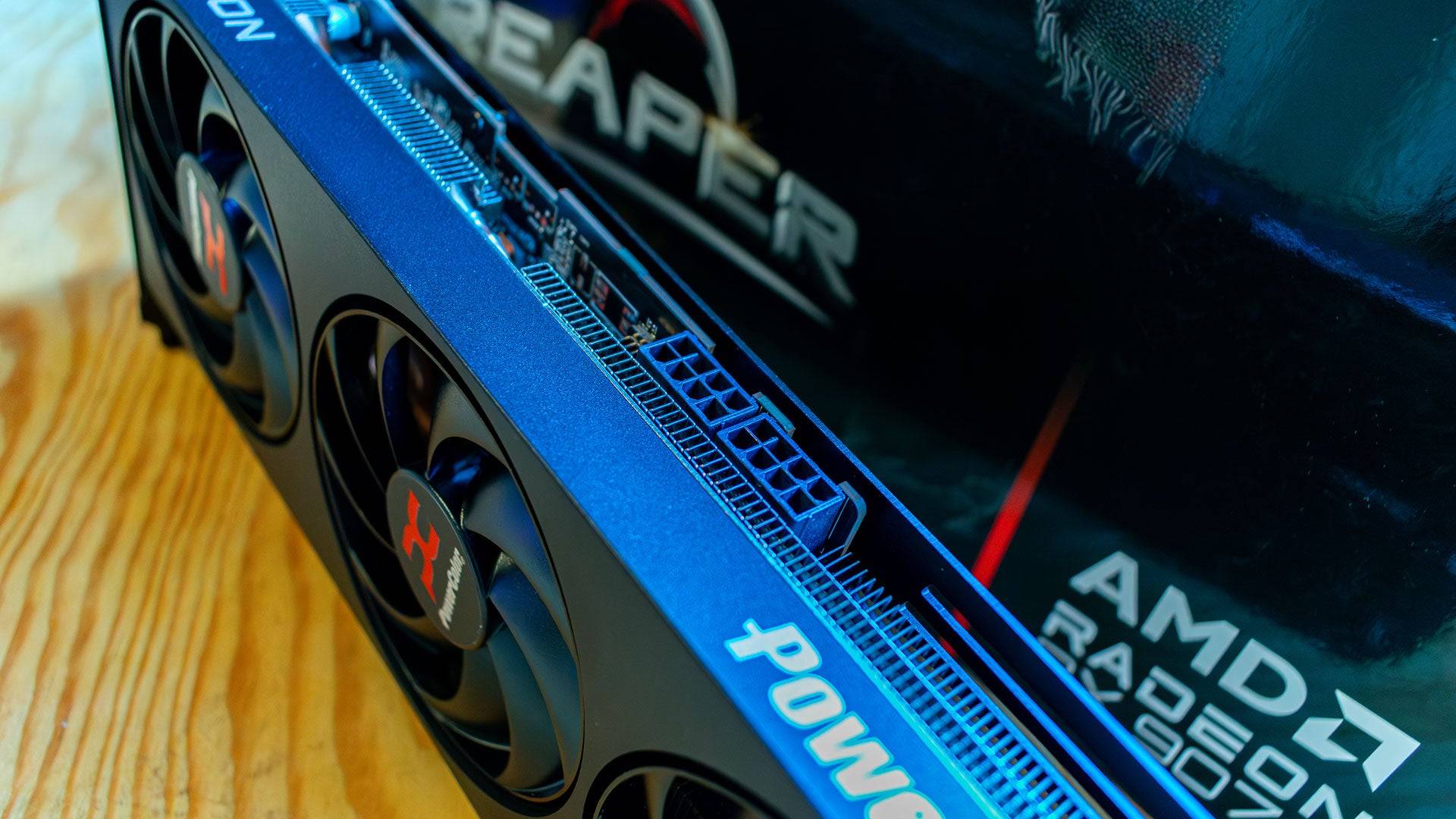
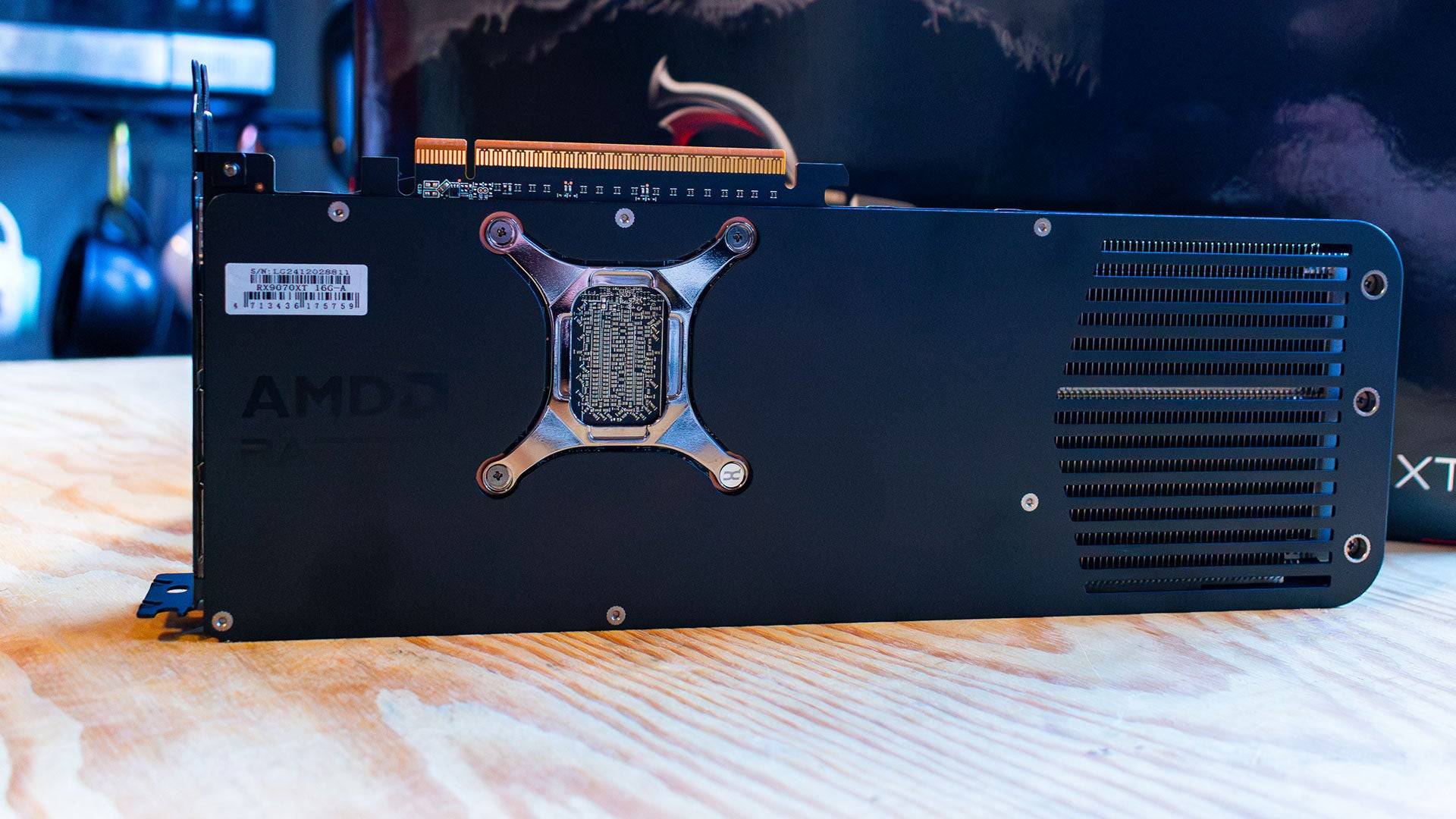
RTX 5070 Ti vs. RX 9070 XT: Specs
Comparing the specs of two graphics cards with different architectures can be tricky. While Nvidia’s CUDA cores and AMD’s Shading Units perform similar functions, they're distinct enough to make direct comparisons challenging.
The AMD Radeon RX 9070 XT features 64 RDNA 4 compute units, each with 64 shader units, totaling 4,096. Additionally, each compute unit includes two AI Accelerators and one RT Accelerator, resulting in 128 and 64, respectively. AMD equips these units with 16GB of GDDR6 memory on a 256-bit bus, sufficient for today's games but potentially stretched in the future, especially at 4K.
The Nvidia GeForce RTX 5070 Ti also boasts 16GB of VRAM, but it uses the faster GDDR7 memory, also on a 256-bit bus, which offers higher bandwidth. With 70 Streaming Multiprocessors (Nvidia’s equivalent to Compute Units), the RTX 5070 Ti has 8,960 CUDA Cores. This is twice the number of Shader Units per Compute Unit, a feature Nvidia has utilized since the RTX 3080 in 2020, though this doesn't necessarily mean double the performance.
Winner: Nvidia GeForce RTX 5070 Ti
AMD Radeon RX 9070 XT & 9070 – Benchmarks
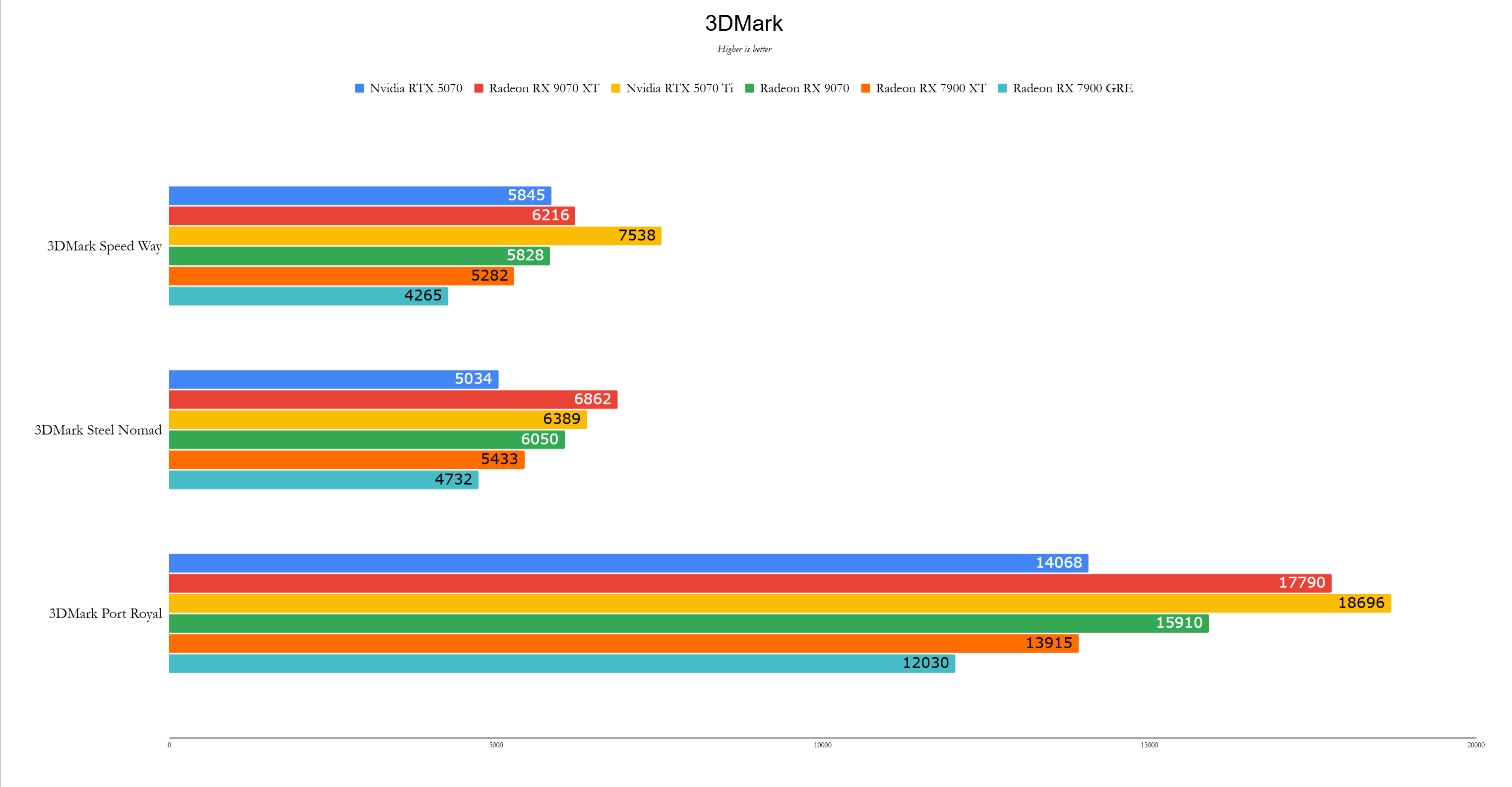
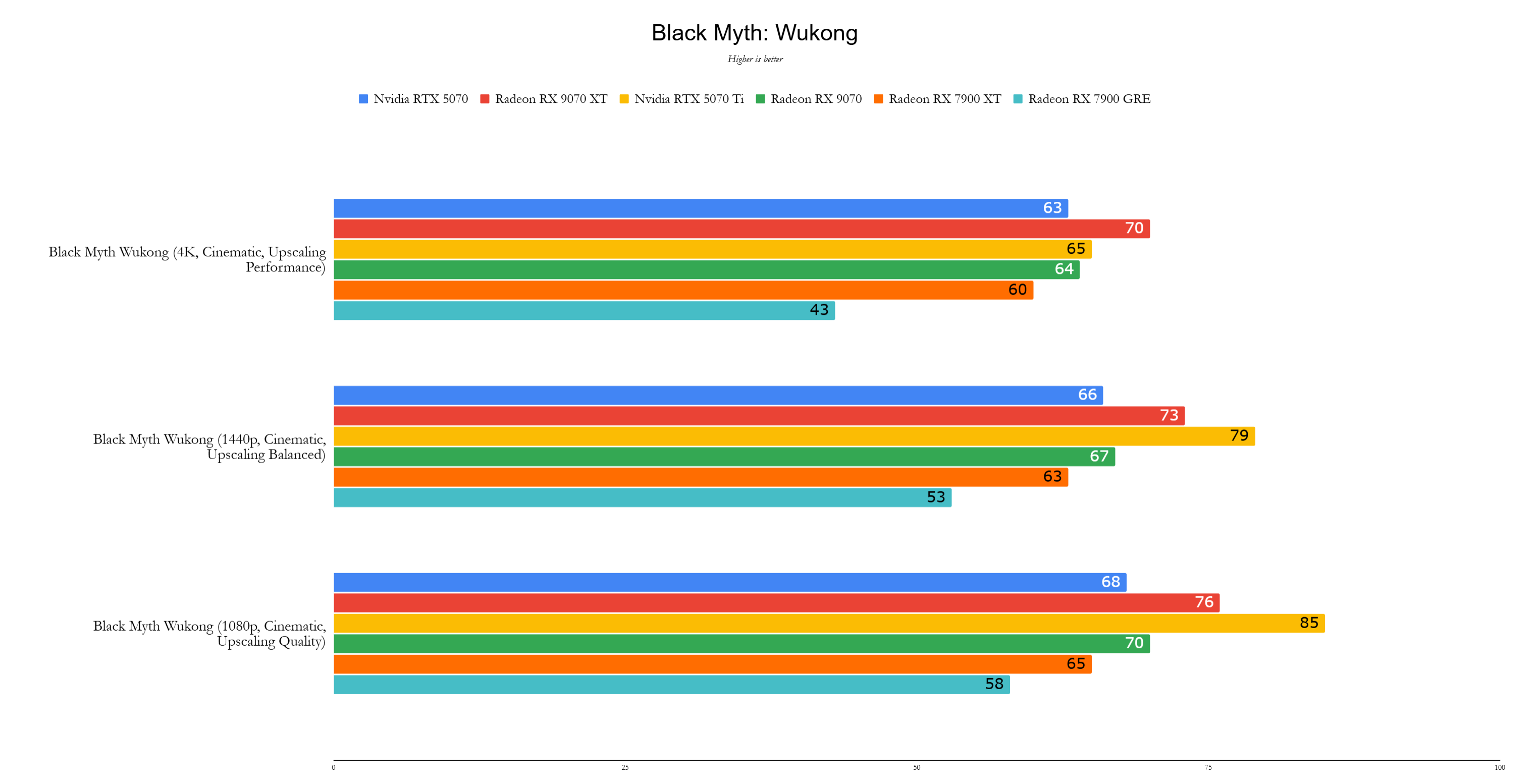 11 Images
11 Images
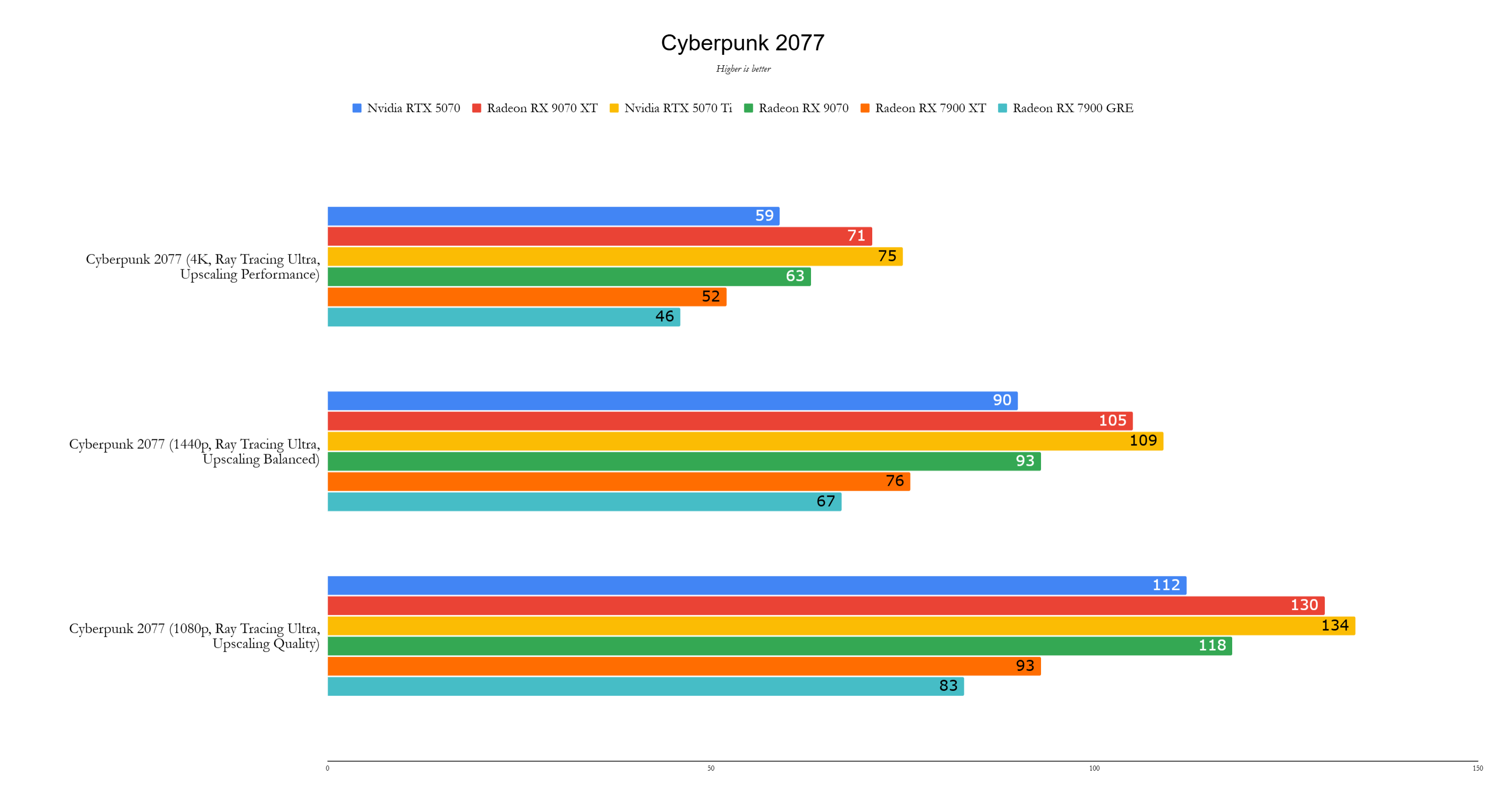
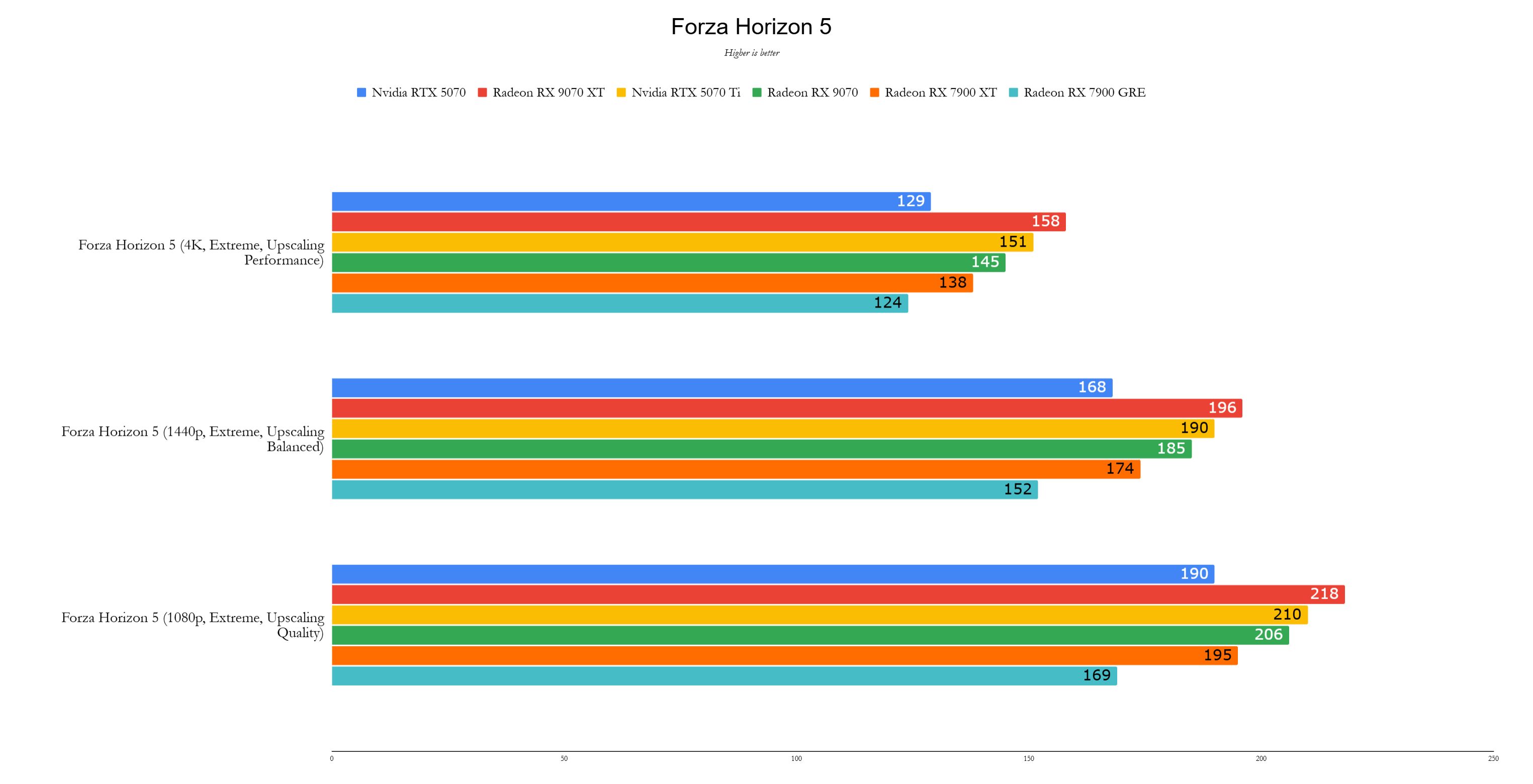
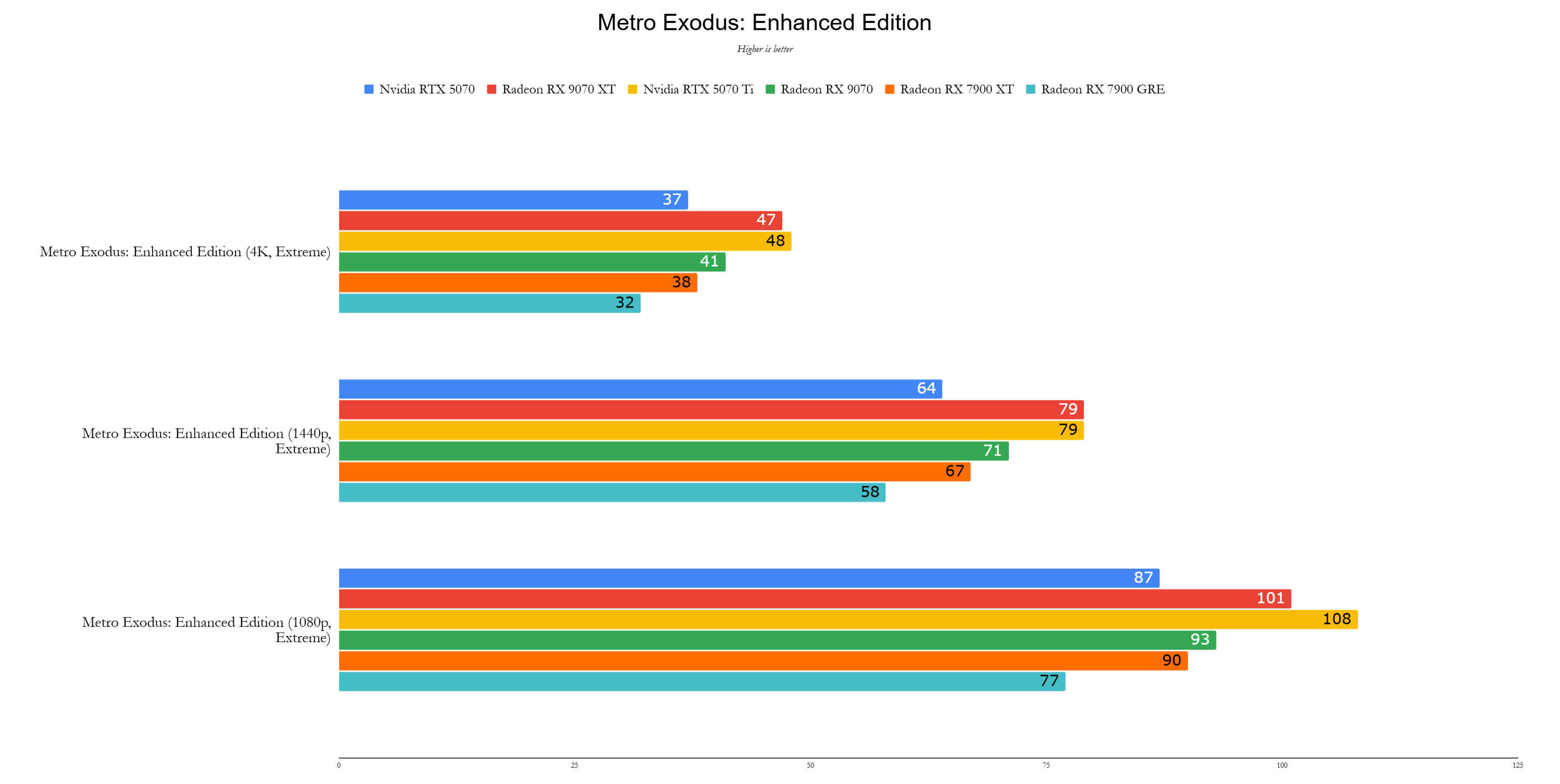
RTX 5070 Ti vs. RX 9070 XT: Performance
Despite the RTX 5070 Ti's superior specs on paper, actual performance tells a different story. Both the RTX 5070 Ti and RX 9070 XT excel as entry-level options for 4K gaming and are top performers at 1440p.
During my review of the AMD Radeon RX 9070 XT, I anticipated it would be close to the RTX 5070 Ti, albeit lagging in ray tracing-heavy games. Surprisingly, even in demanding titles like Cyberpunk 2077, the AMD card stayed within a few frames of the more expensive RTX 5070 Ti.
There are games where the RTX 5070 Ti takes the lead, such as Total War: Warhammer 3, where it achieves 87fps at 4K compared to the RX 9070 XT's 76fps. However, overall, the RX 9070 XT was on average 2% faster, a significant win considering its 21% lower theoretical cost.
Winner: AMD Radeon RX 9070 XT
Nvidia GeForce RTX 5070 Ti – Photos
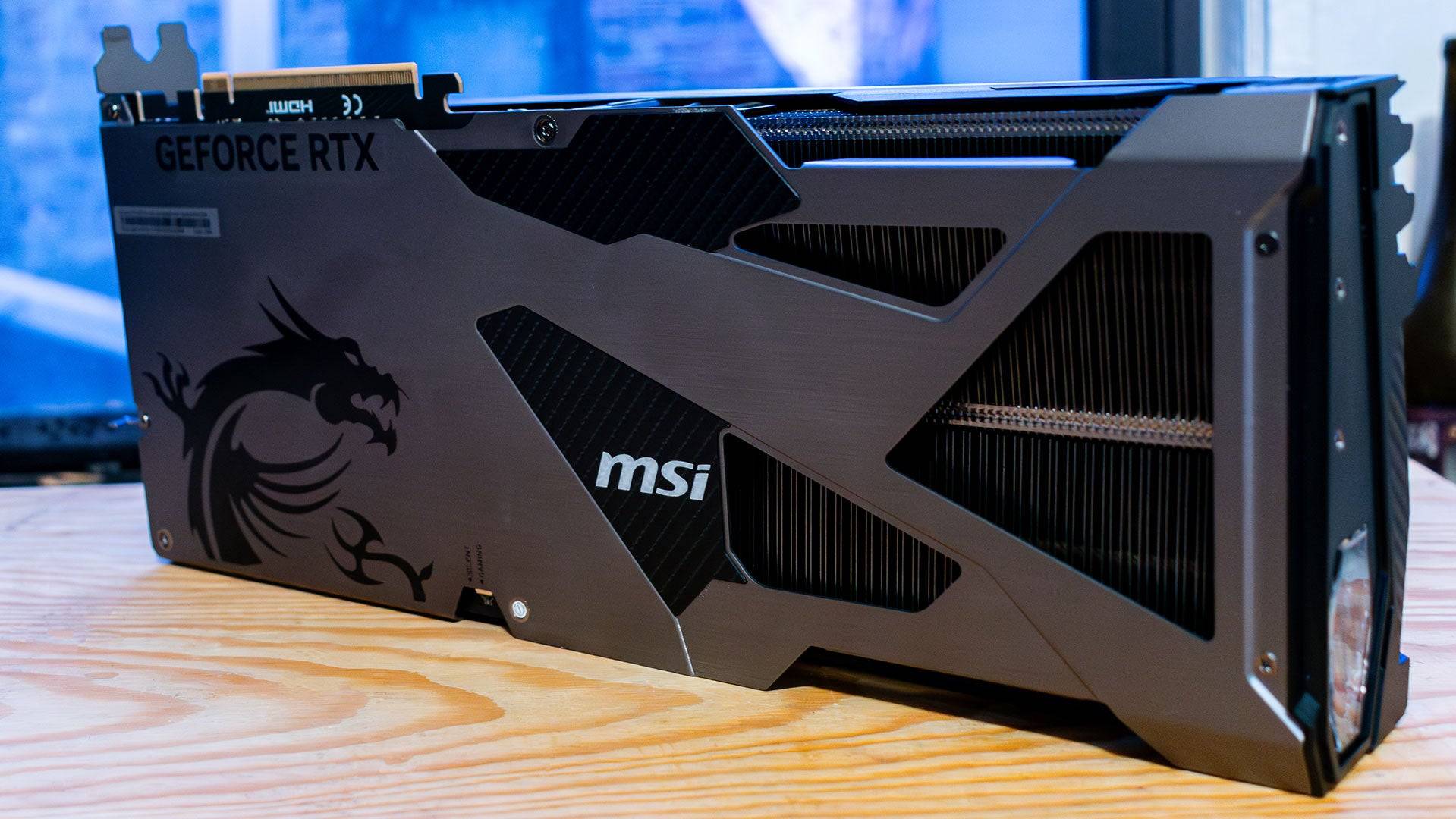
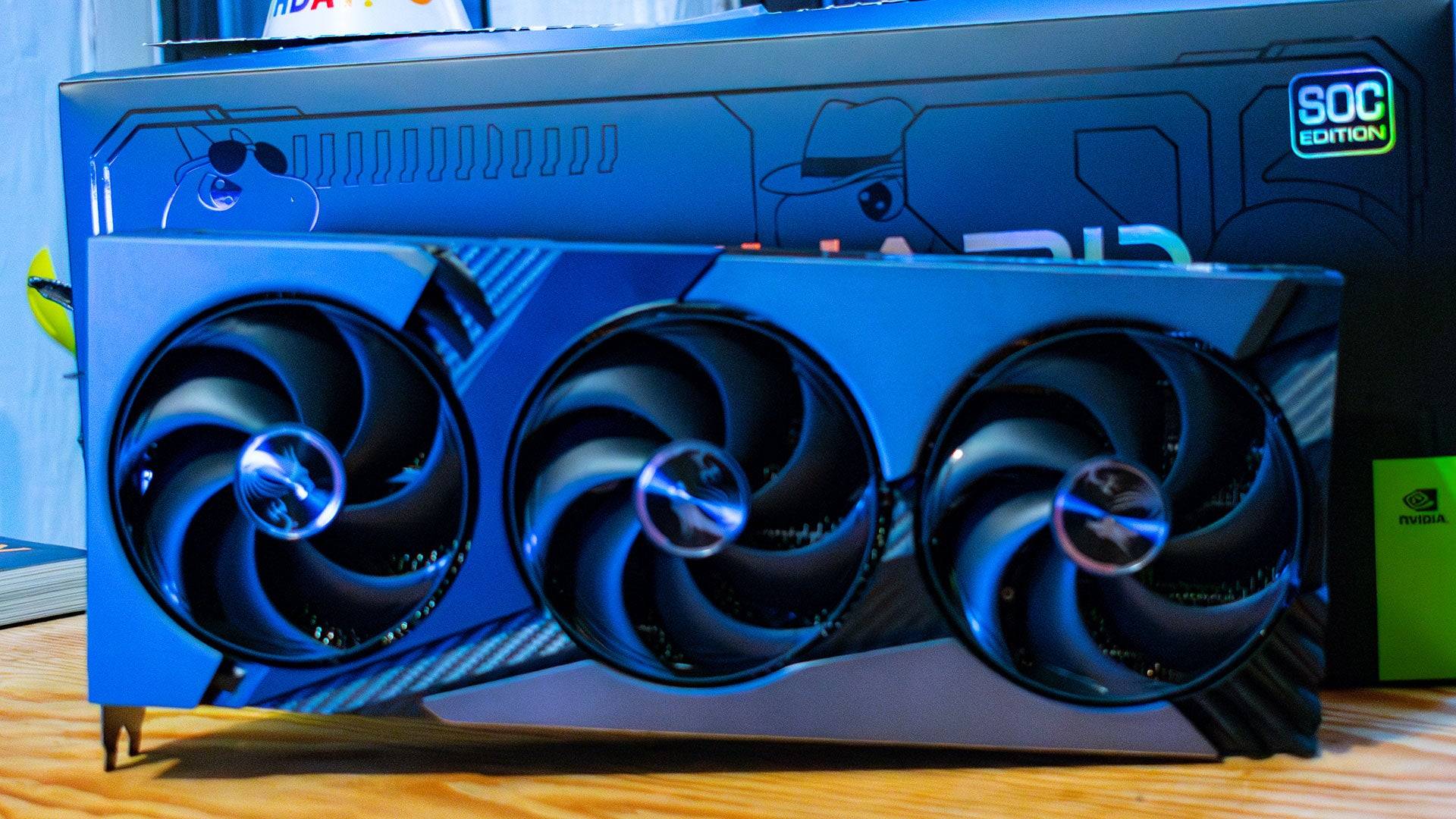 6 Images
6 Images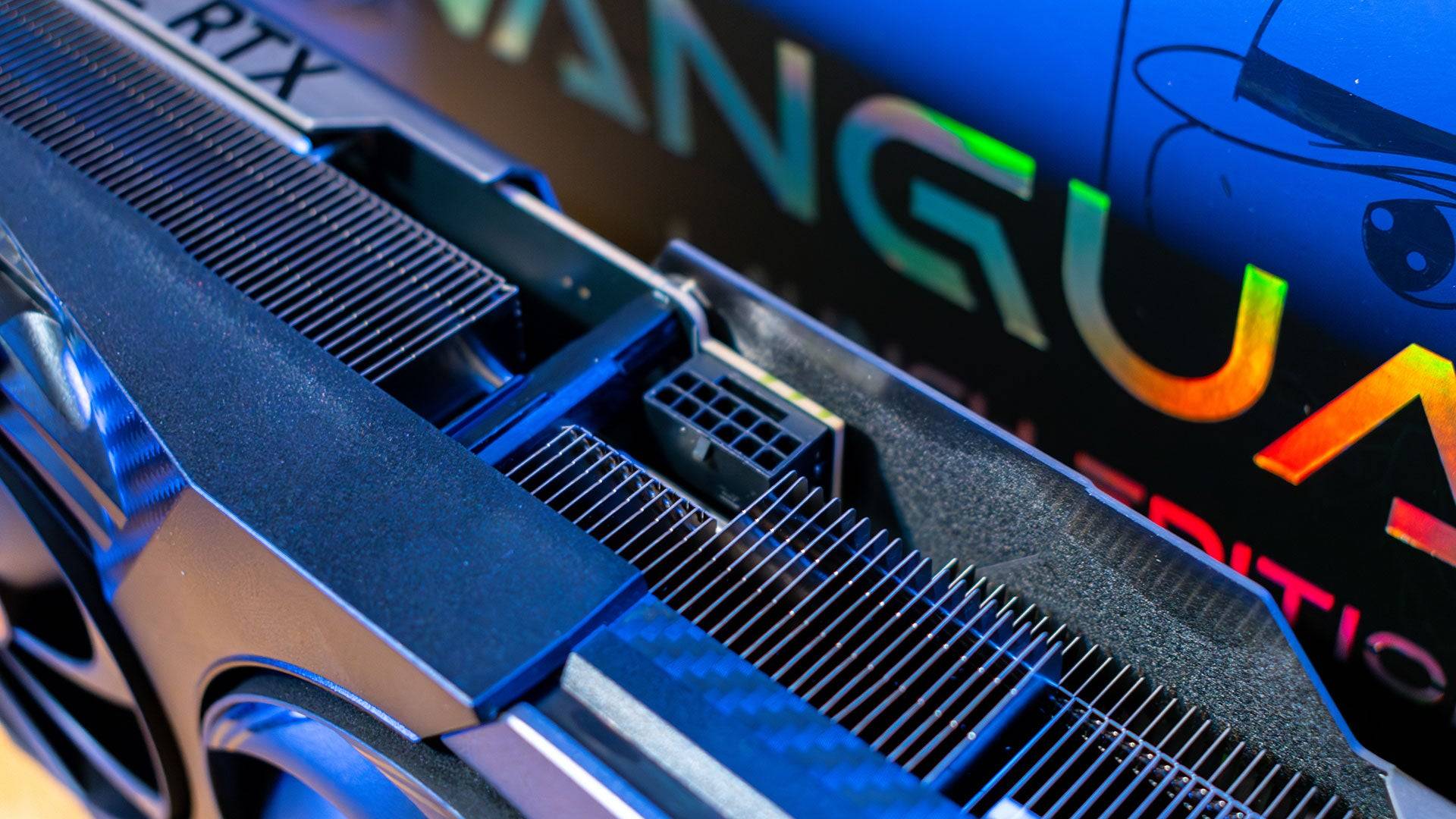
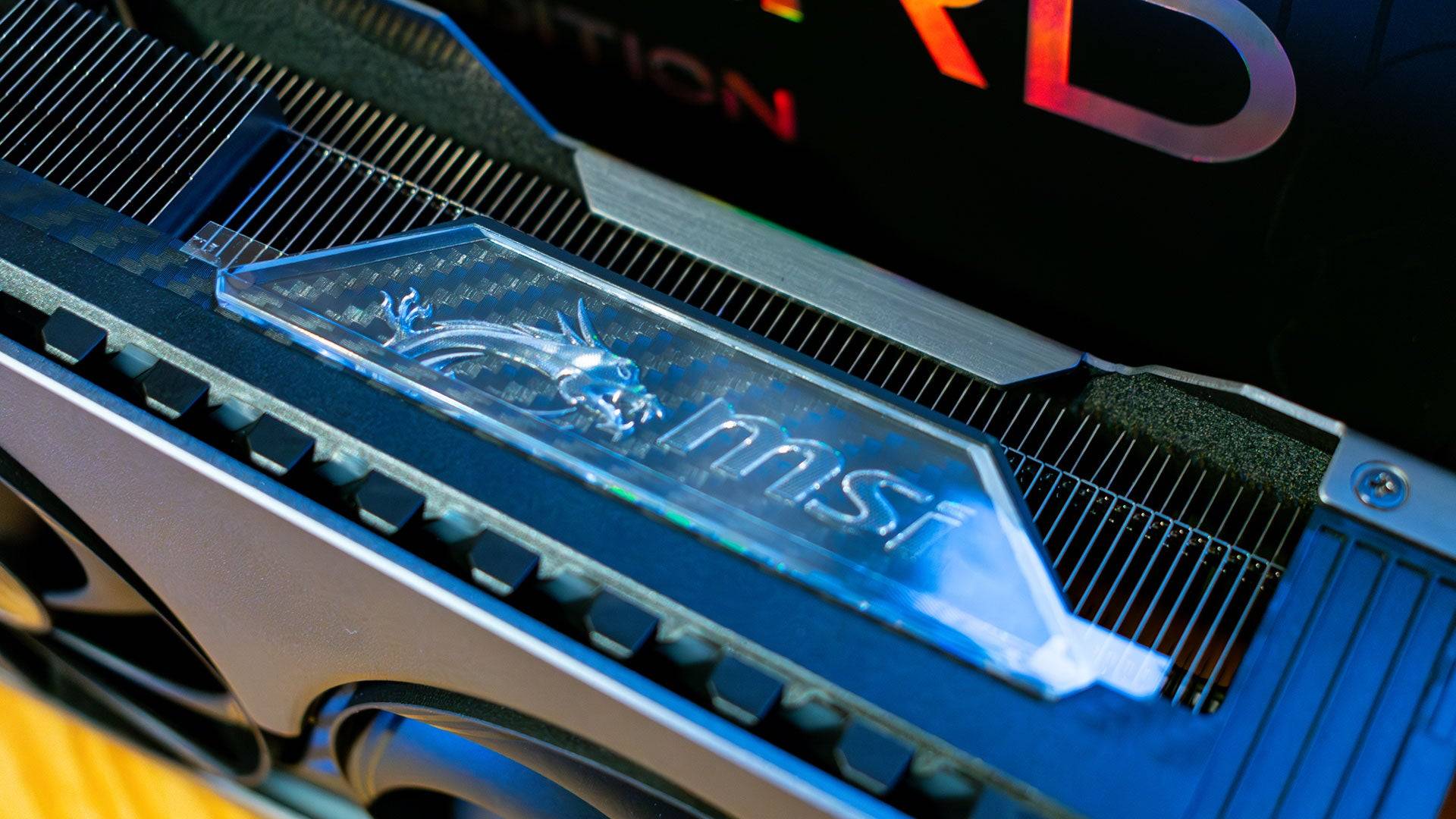
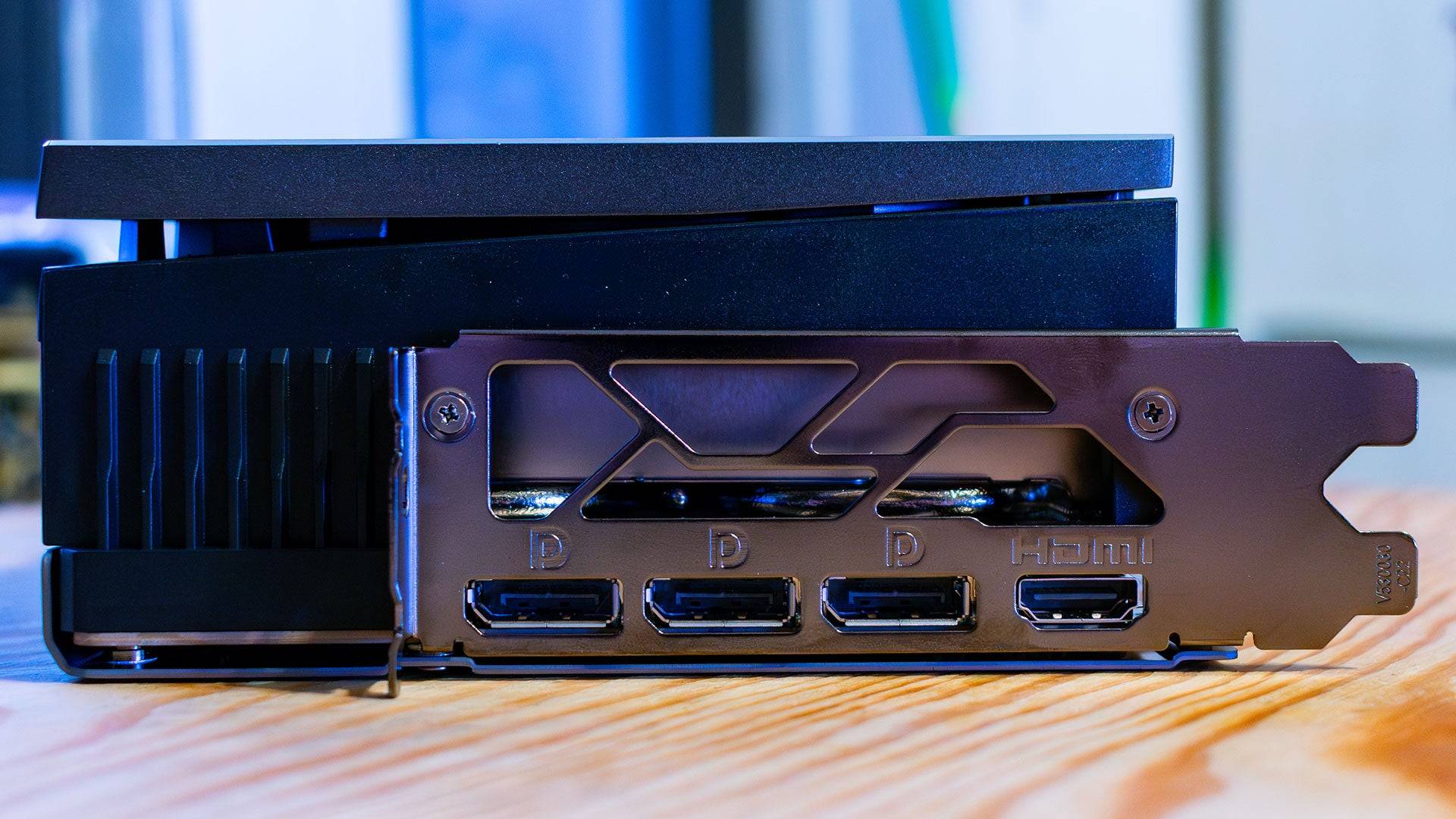

RTX 5070 Ti vs. RX 9070 XT: Software and Features
Choosing a graphics card today involves more than just hardware specs. Both Nvidia and AMD provide a range of software features that enhance the capabilities of their GPUs.
The Nvidia RTX 5070 Ti's standout feature is its DLSS technology, encompassing AI upscaling and Frame Generation. With DLSS 4, Nvidia introduced multi-frame generation, capable of creating three AI-generated frames for each naturally rendered frame on RTX 5000 cards. This significantly boosts frame rates, though it introduces slight latency, mitigated by Nvidia Reflex. This feature is best used when already achieving at least 45fps, ideally over 60fps.
AMD also offers Frame Generation but is limited to one interpolated frame per rendered frame. The major advancement this generation is FSR 4, introducing AI upscaling to AMD cards for the first time. Previously, FSR relied on temporal upscaling, which was effective but could result in softer images. FSR 4 utilizes the Radeon RX 9070 XT's AI accelerators for machine learning-based upscaling, similar to DLSS since 2018, offering more precise results, albeit not as fast as FSR 4.
It's worth noting that this is AMD's initial foray into AI upscaling, whereas Nvidia has refined DLSS over seven years.
Winner: Nvidia GeForce RTX 5070 Ti
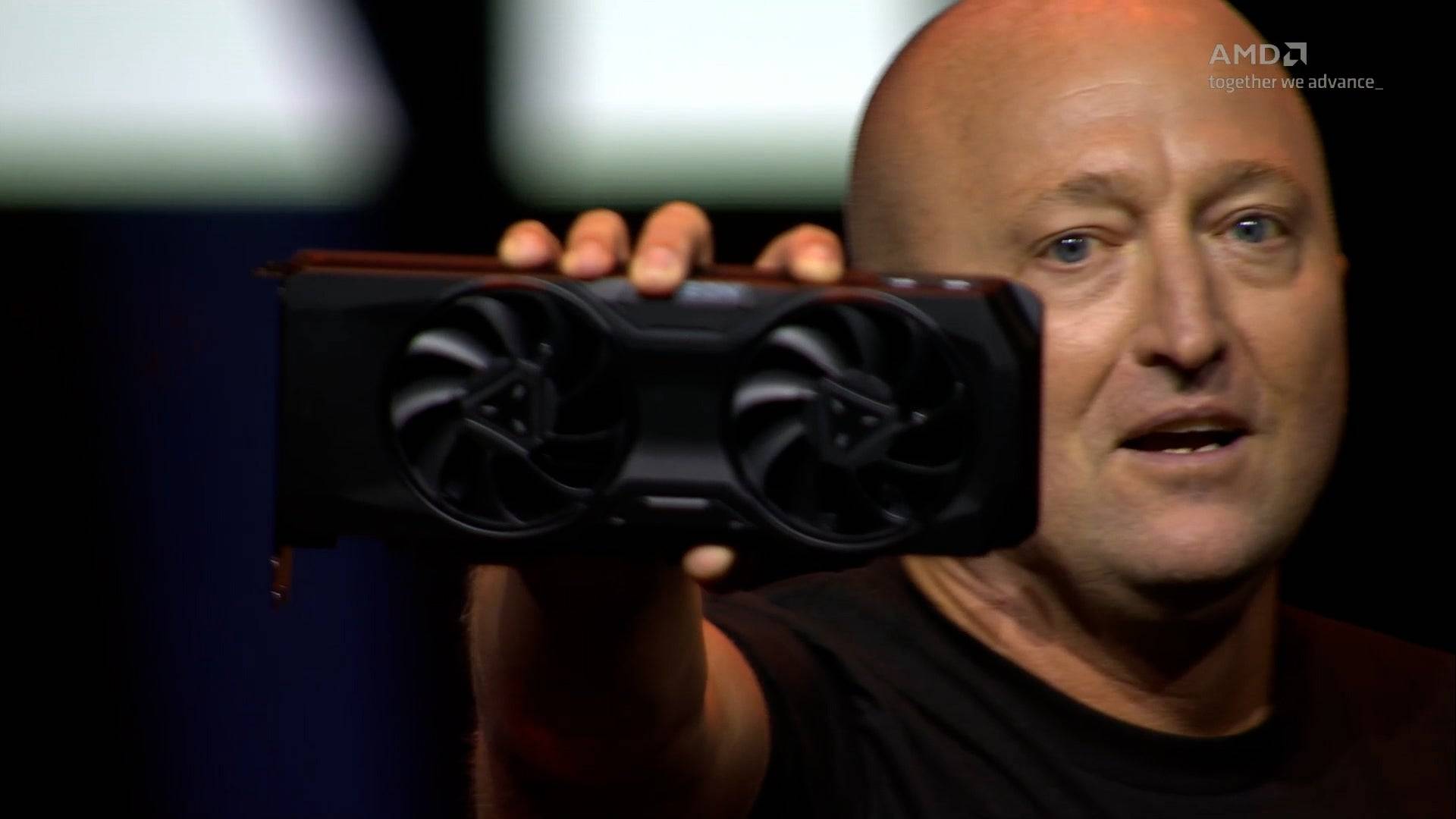
RTX 5070 Ti vs. RX 9070 XT: Price
GPU pricing is currently a contentious issue, with new generation cards selling out fast and often at inflated prices. Both Nvidia and AMD suggest retail prices, but third-party manufacturers and retailers can set their own. While it's uncertain how prices will evolve, we hope they'll approach MSRP as supply improves.
At its launch price of $599, the AMD Radeon RX 9070 XT is a stellar choice for 4K gaming, capable of running any game at maximum settings with FSR 4 AI upscaling. This pricing reflects a return to more reasonable flagship card prices before Nvidia's price hikes starting with the RTX 2080 Ti.
In contrast, the Nvidia RTX 5070 Ti, despite its similar performance to the RX 9070 XT, has a base price of $749, a significant $150 more. While it offers unique features like Multi-Frame Generation, the decision to invest in it depends on individual gaming needs and preferences.
Winner: AMD Radeon RX 9070 XT
The Winner Is… the AMD Radeon RX 9070 XT
Both the AMD Radeon RX 9070 XT and Nvidia GeForce RTX 5070 Ti are outstanding choices for high-end 1440p and 4K gaming. However, AMD's ability to deliver comparable performance at a lower price makes the RX 9070 XT the clear winner. As prices stabilize, the value proposition of the RX 9070 XT becomes even more compelling.
For gamers building a PC for high-end 1440p or even 4K gaming, the AMD Radeon RX 9070 XT is a top recommendation. While it lacks multi-frame generation, this feature is less critical for those without high-refresh 4K monitors.







![Taffy Tales [v1.07.3a]](https://imgs.xfsxw.com/uploads/32/1719554710667e529623764.jpg)











